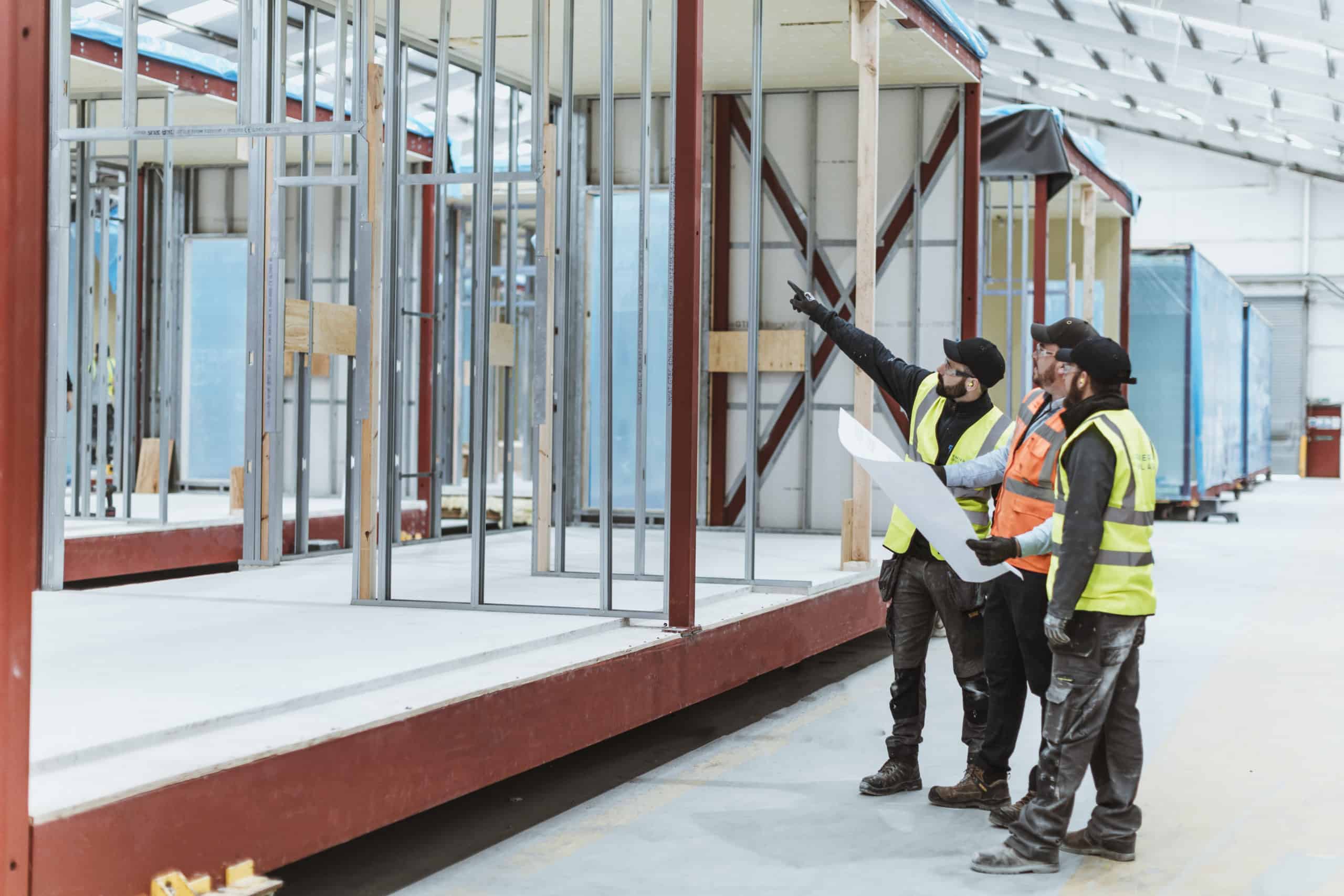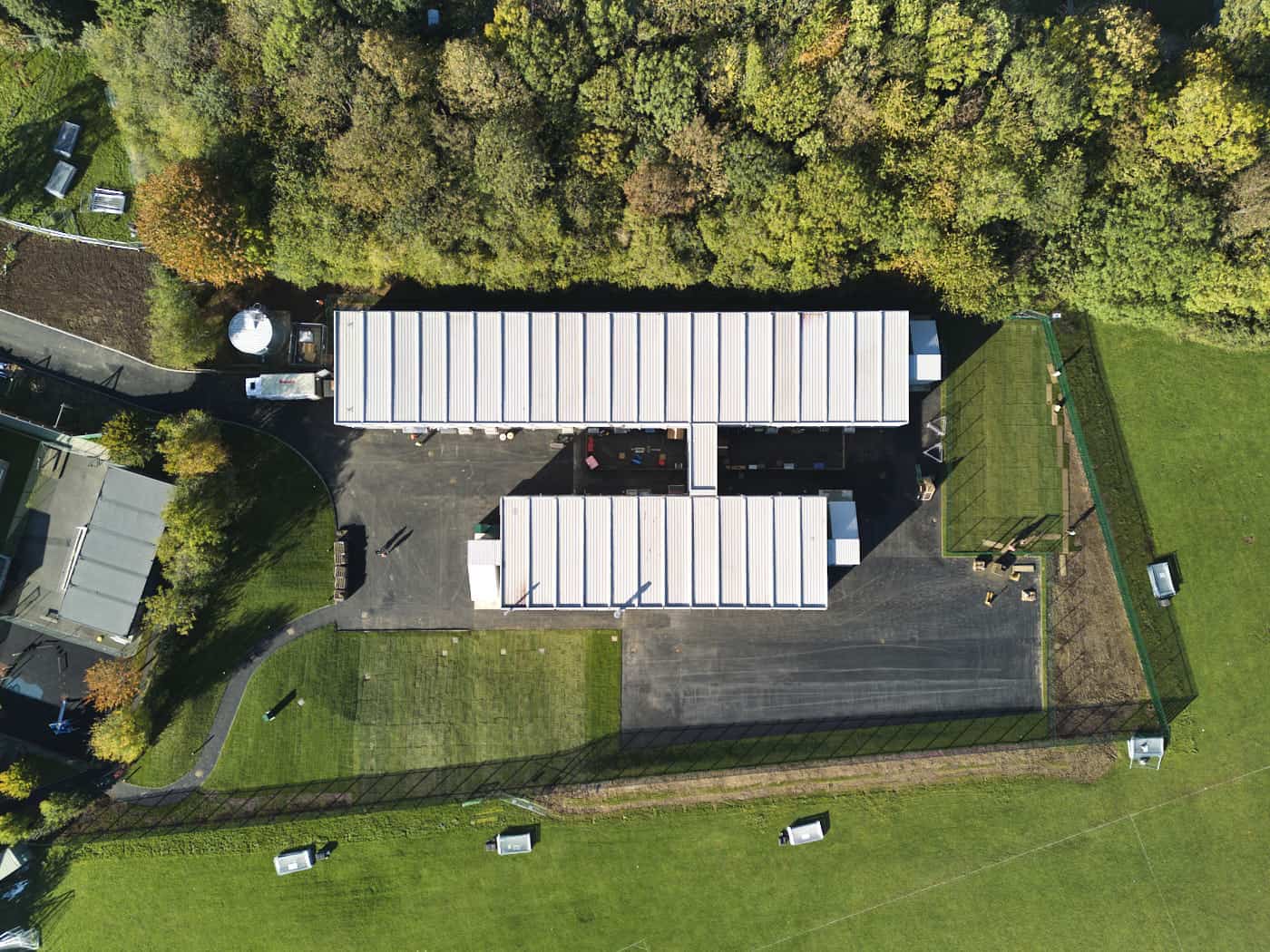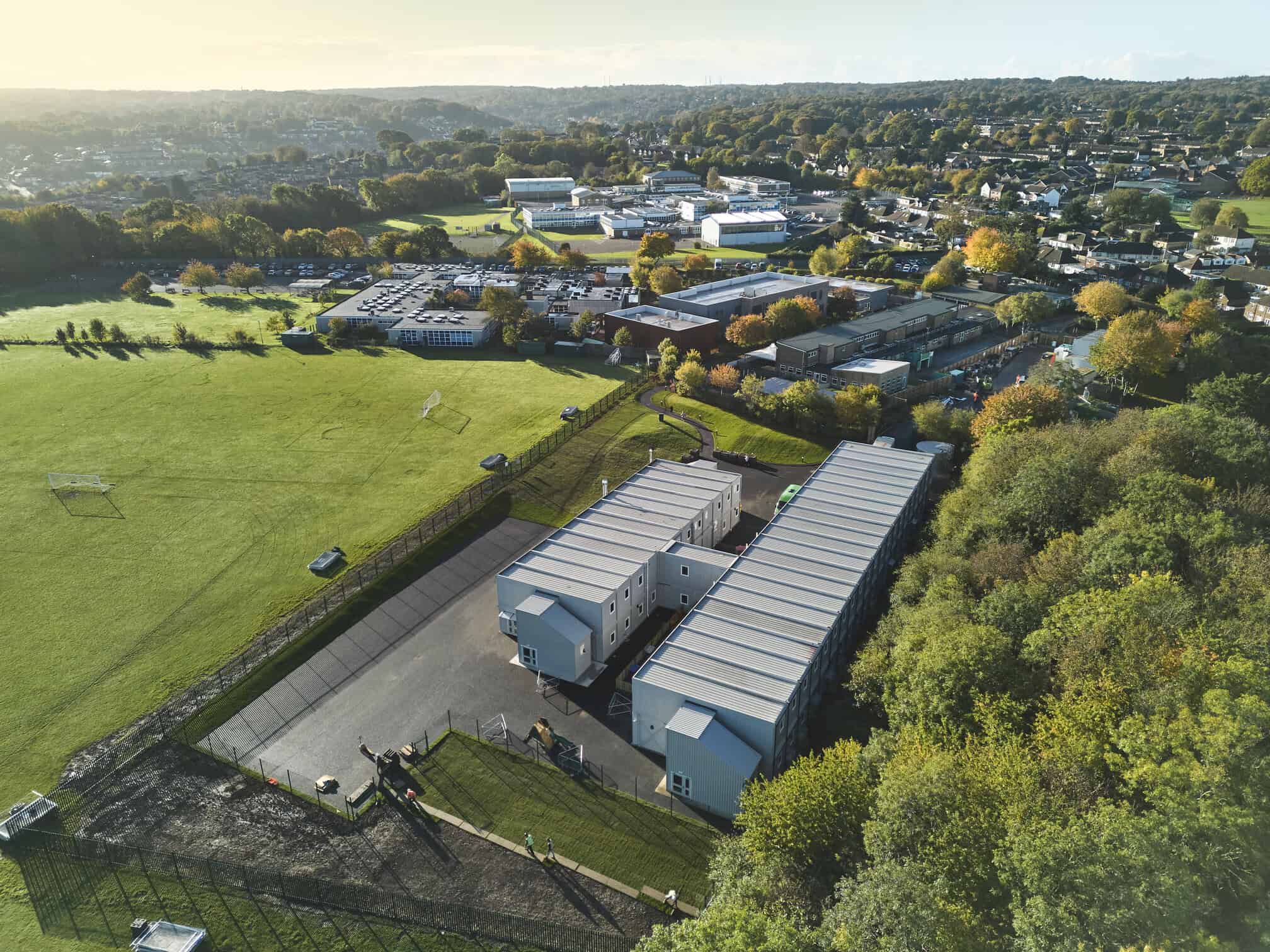Fire safety regulations have undergone multiple changes after several high-profile incidents, such as the Grenfell Tower tragedy. As such, authorities are looking to improve the protection provided to people constructing, living or working in new buildings. The release of version 10.1 of the Joint Code of Practice (JCoP) will improve the safety of rental buildings in particular, through a number of key regulatory changes.
Ahead of the new code coming into effect in 2025, it is pivotal for all suppliers to acquaint themselves with this latest iteration and ensure temporary site accommodation satisfies this new standard of fire safety.
Firming up fire safety
Released by the Fire Protection Association in January 2023, JCoP 10.1 is designed to maintain a high-level management of fire risks on construction sites. In particular, the new version of the code builds on regulations relating to temporary buildings and temporary accommodation that have been introduced incrementally to the code over the past few years.
New changes include confirmation that a fire break of at least six metres in length should exist on site between temporary buildings and permanent buildings, buildings under construction or refurbishment, and any other temporary facilities. Compliance with this clause will help to limit the potential spread of fire on a construction site. Where a six-metre fire break cannot be provided, section 13.3 of JCoP 10.1 stresses that temporary buildings must be manufactured with ‘materials that do not significantly contribute to the growth of a fire or the propagation of smoke and corrosive or toxic fumes’.
In temporary buildings that are stacked vertically, the floor/roof assembly and any supporting members must also achieve at least 30 minutes of fire resistance. This is in accordance with BS EN 13501-2 (ref 23) or British national equivalent tests. As a rule of thumb, suppliers should aim to exceed the 30 minutes where possible to maximise the protection provided.The more the spread of fire is delayed, the greater the evacuation time, increasing the safety of those using the temporary building.
Understanding and applying the updates to JCoP 10.1 and altering the design and manufacture of temporary buildings to reflect them must be a priority for suppliers moving forward. Doing so will ensure the continued safety of clients and their on site assets, and that insurance contracts are complied with.
Fire testing comes first
The manufacture of temporary buildings and temporary accommodation should be prefaced with rigorous fire testing to ensure compliance with JCoP 10.1. This includes testing the fire resistance of the floor/roof assembly and walls of new and existing buildings, within a controlled environment, to confirm that resistance meets or exceeds the 30-minute BS EN13501 standard.
Only through testing will suppliers be able to determine the performance of a building’s features and their reactions to fire exposures, such as flame visibility, discolouration and plasterboard detachment. Testing will measure such results at regular intervals and illustrate how well and how long fire can be contained within a building.
Data sheets providing information about individual materials used to manufacture temporary buildings and temporary accommodation cannot replace fire testing, as the results of this process are needed to prove compliance with the fire resistance rules in JCoP 10.1.
As January 2025 draws nearer, it is essential that suppliers of temporary buildings and temporary accommodation take ownership for understanding and implementing section 13 of JCoP 10.1 to reinforce fire safety on site and the fire safety of the buildings themselves.
Temporary buildings are an important asset for many organisations and it is down to suppliers to ensure they remain safe environments for generations to come.











